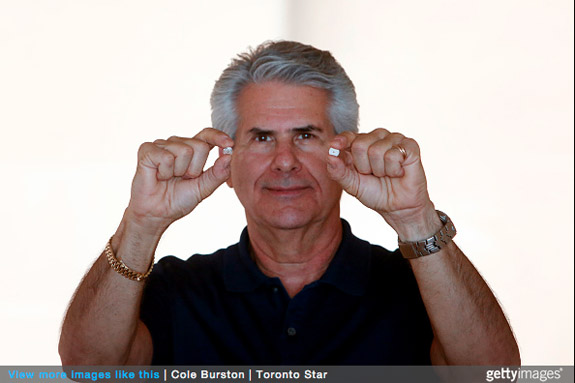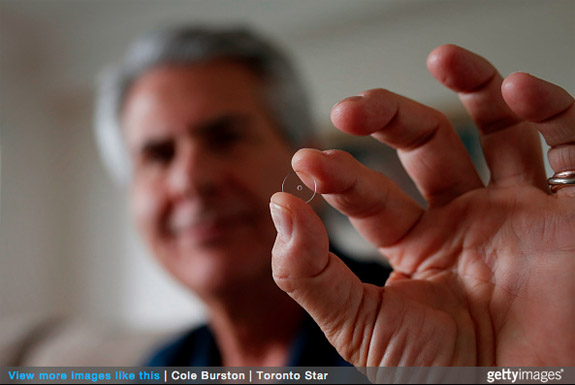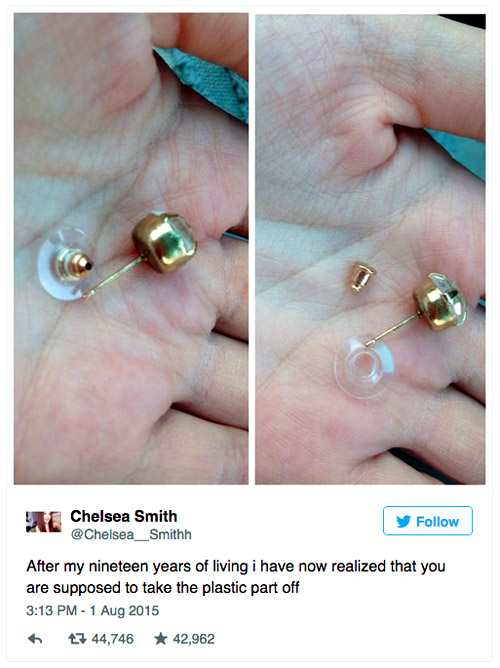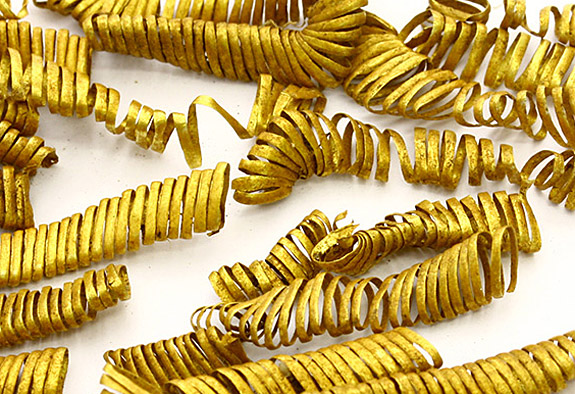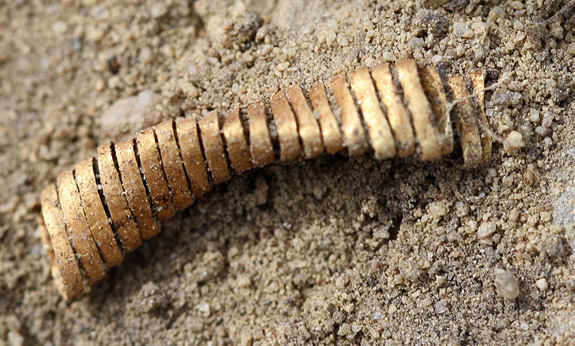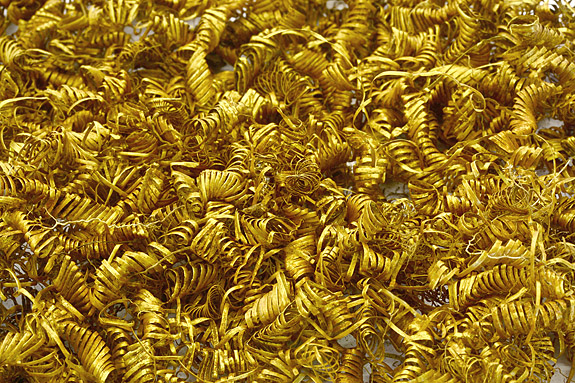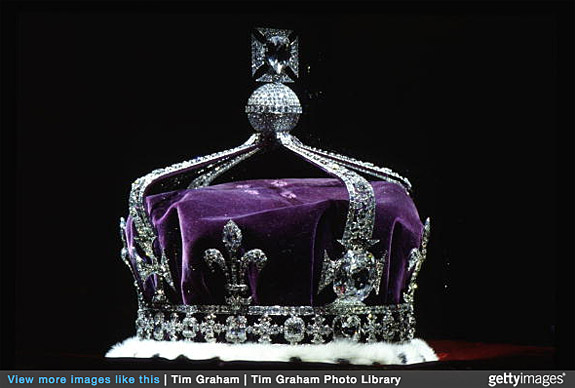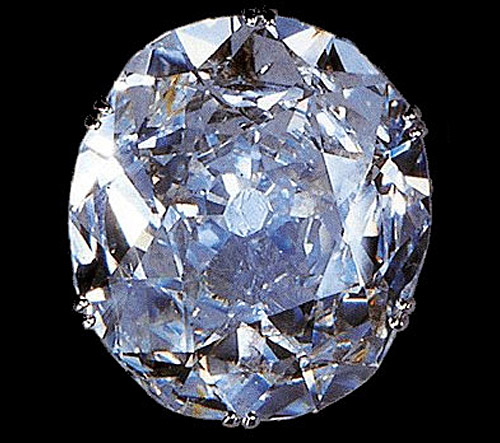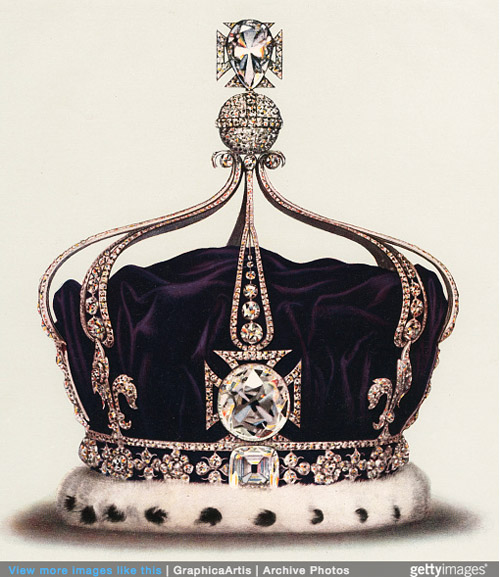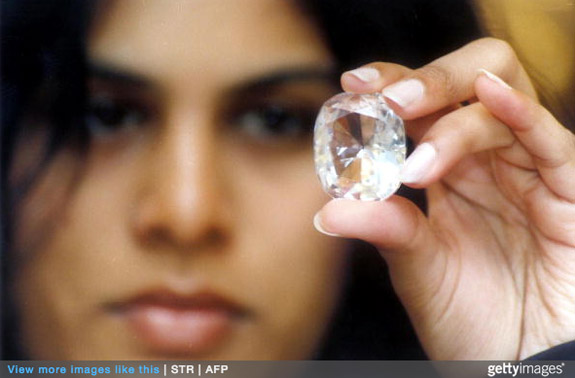Welcome to Music Friday when we bring you great songs with jewelry, gemstones or precious metals in the title or lyrics. Today, Lisa Lisa and Cult Jam sing about a 14-karat love in their #1 hit from the summer of 1987, "Head to Toe."
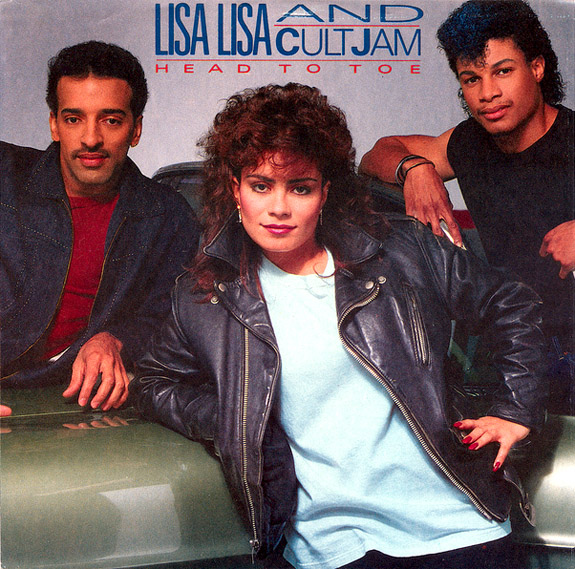
Lisa Lisa (born Lisa Velez) uses jewelry metaphors to illustrate just how much she cherishes her guy — a guy that used to be her best friend and now is her boyfriend. She sings, "14-karat love, you are my jewel of the Nile / When we make love, diamonds are forever."
The dance number, which zoomed to the top of the U.S. Billboard 100 chart, is one of the iconic dance tunes of the 1980s. It features a Freestyle vibe seasoned with a generous sprinkling of soul, electro-funk, Latin rhythms and hip-hop. It's the type of song that would come up on a playlist alongside the early work of Paula Abdul, Gloria Estefan and Sheila E.
"Head to Toe" was composed by Full Force, a long-time production and songwriting powerhouse. According to music trivia web site SongFacts.com, the girlfriend of Full Force member Paul Anthony blurted out what would become the song's catchy hook during their gym workout.
Apparently she was so impressed by his physique that she screamed that "she loved him from head to toe." Anthony brought that nugget to the rest of the group and, before long, a chart topper was born with the unforgettable hook, "Ooh, baby, I think I love you / From head to toe."
"Head to Toe" appeared on Lisa Lisa and Cult Jam's Spanish Fly album, a critically acclaimed work that sold more than one million copies and spawned two #1 hits. The other was the memorable "Lost in Emotion."
The Harlem-based Lisa Lisa and Cult Jam consisted of lead vocalist Velez, guitarist/bassist Alex "Spanador" Moseley and drummer/keyboardist Mike Hughes. The group was assembled and produced by Full Force, which has worked with a cavalcade of A-listers, such as Britney Spears, James Brown, Backstreet Boys, *NSYNC, La Toya Jackson, Patty LaBelle and Selena.
Lisa Lisa and Cult Jam enjoyed a successful seven-year run from 1984 to 1991. We invite you to check out the official video of "Head to Toe." The lyrics are below if you'd like to sing along...
"Head To Toe"
Written by Full Force. Performed by Lisa Lisa & Cult Jam.
Head to toe
I know
Today started with a crazy kiss
On our way home
We were in for a surprise
Who would have known
Who would have thought that we would become lovers
As friends we were so, so tight
Can't help myself, you make me feel so right
I got to, got to, got to tell you, darlin'
Ooh, baby, I think I love you
From head to toe
Ooh, baby, I think I love you
From head to toe
I think I love you from head to toe
I know
Here today, gone tomorrow
It's possible, but I doubt it
His kiss is credit in the bank of love
I never leave home without it
He's different from any boy I know
Body supreme
Bedroom eyes, head back to the side
Please don't be so mean
14-karat love, you are my jewel of the Nile
When we make love, diamonds are forever
Top to bottom I love you, I will leave you never
I got to, got to, got to tell you, darlin'
Ooh, baby, I think I love you
From head to toe
Ooh, baby, I've got to kiss you
From head to toe
Ooh, baby, I think I love you
You got to know
Ooh, baby, I think I love you
From head to toe
I think I love you from head to toe
You can't hurry love, you got to take it slow
But my angel, you forget your wings tonight [Heaven up above]
Baby, you got the love
14-karat love, you are my jewel of the Nile
When we make love, diamonds are forever
Top to bottom I love you, I will leave you never
I got to, got to, got to tell you, darlin'
Ooh, baby, I think I love you
From head to toe
Ooh, baby, I want to kiss you
From head to toe
Ooh, baby, I think I love you
You got to know
Ooh, baby, I think I love you
From head to toe
I think I love you from head to toe
I know
Ooh, baby, I want to kiss you
From head to toe
Ooh, baby, I think I love you
You got to know
Ooh, baby, I think I love you
From head to toe
Credit: Lisa Lisa and Cult Jam promotional image.
